Sweet Slag interview with Paul Jolly
Sweet Slag formed in 1969 and recorded their only album in 1971 for President Records. ‘Tracking With Close-Ups’ is a very rare album that sounds very unique. It’s a combination of rock and jazz, but in a very unusual way.
Paul Jolly played saxophone, clavinet, flute and oboe for Sweet Slag. Paul Jolly was born in 1946. After meeting the pianist and composer Mel Davis, who was at supply teacher at his school in 1962, Paul seriously began to explore jazz and improvised music. In 1969 he joined for the People Band an improvising group formed by Davis and the percussionist Terry Day. This association still lasts and it has impacted on all of his approach to creativity. Performing in a wide variety of creative music projects – including two years as Musical Director for the Intriplicate Mime Company, member of the People Band and People Show, major European tours with the People Band, Big Chico, Mummy and Loverly – an improvising group featuring the singer Maggie Nicols and working with rock groups including the cult 70’s band Sweet Slag. Alongside his performing roles in 1991 he took on executive & artistic production for “33” Records, including all A&R, product design and international distribution development. To date “33” have released over 350 albums of contemporary jazz & related music and is one of the leading independent jazz labels in the U.K. Major artists signed to, or releasing through, the label include: UK artists, Tina May, Theo Travis, John Altman, Don Weller, John Law and Stan Tracey. USA artists, Deborah Brown, Shaynee Rainbolt, Kat Gang, Jackie Ryan, Joan Viskant and Steve Lacy. European musicians include German composer Hans Koller, and ’33 have developed a special relationship with Italian musicians including pianists Aishia HR, Andrea Pozza and Marco Marconi, saxophonist Renato D’Aiello and bassist Silvia Bolognessi. On-going work as a musician, composer and educator, includes appearing in, and composing for, the award winning Mike Figgis film ‘Stormy Monday’, with Sting, Tommy Lee Jones & Melanie Griffiths. Recent appearances Include: major performances at Kings Place, the Vortex, Café Oto, Shunt Lounge and Exploratorium in Berlin with the People Band. In September 2011 the People Band were featured for four days – as part of the Deloitte ‘Tell The Truth’ Festival at the Royal Opera House. Performances included a specially devised piece alongside the London Contemporary Orchestra and flamenco dancer Eva Yerbabuena. He also works with the Monk influenced band ‘SNC’, his own quartet the ‘PJQ’ and experimental band ‘House of Five’. Latest projects include a duo with the poet Paula Rae Gibson, a duo with pianist Mike Adcock, a duo with percussionist Steve Seal and with Ben Higham’s ‘The Brass Monkeys’. His love of work with dancers is now continuing with performing with the award winning contemporary dance group “House of Absolute’.
Where and when did you grow up? Was music a big part of your family life? Did the local music scene influence you or inspire you to play music?
Paul Jolly: I was born and grew up in Luton. I was adopted and my guardians didn’t have any particular love of a genre of music. However, the entertainment was the radio, no TV, and I guess most things being broadcast was the music of the Big Bands, Ambrose, Ted Heath (whose band always included fantastic players like Tommy Whittle, Danny Moss etc).
When did you begin playing music? What was your first instrument? Who were your major influences?
Whilst at school I played the recorder and later started to study seriously the flute. When I was around 15 or 16, in 1962/63, we had a supply teacher join the staff. His name was Mel Davis and he changed my life by introducing me to the music of people like Thelonious Monk, Charlie Parker and others from the world of jazz. It was at this time and also due to serious dental problems that I gave up serious study of the flute and started playing the saxophone and clarinet.
After school and college I took a job at the local Vauxhall Car Plant and played with some local rock bands. I then took a job with an instrument repairer, Norman Duval – who was also a alto saxist with the Nat Temple Band. Whilst working for him I took extra sax lessons with him – especially with regard to improving my reading skills, although I have never been a confident sight ready of charts.
In 1968, my former teacher, Mel Davis, got in touch and I joined him in the People Band.
What bands were you a member of prior to the formation of Sweet Slag?
Apart from a few local bands my only real commitment was the People Band, at that time the the band worked alongside the People Show, which was a contemporary performance / theatre group – like the People Band it still exists and works today.
It’s important to point out that the People Band was more than just a musical experience! Mel Davis was a force of nature an he surrounded himself with like minded musicians who felt deeply about the importance of improvisation and group playing. In 1969-70 part of the collective moved to Amsterdam where we performed nightly for around six months, including gigs all around Europe. Some of this music can be found on two remarkable albums – ‘The People Band’ – produced by the Stones Charlie Watts – on Transatlantic Records (I’m not on that album) and the ‘People Band 69/70’ on the Emanem label – which includes music from me and the work we did in Holland. (There’s also a much later album from 2016 – ‘The People Band Live at Cafe Oto’ on the 33 Jazz label).
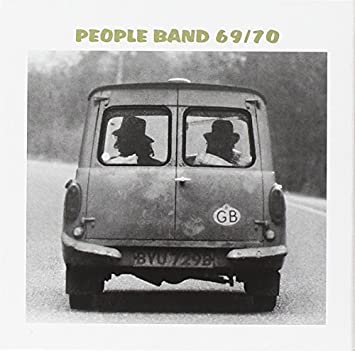
In the People Band I worked with some seriously talented musicians and artists including Davey Payne, who went on to be the saxophonist with the Blockheads, Mike Figgis who became famous for Directing movies like ‘Stormy Monday’ which features part of the PB and the Oscar nominated ‘Leaving Las Vegas’. Both of whom still work with the People Band. Others involved include Terry Day – one of the great free jazz and impro percussionists.
During the time leading up to my involvement with Sweet Slag I also worked – alongside Terry Day – providing music for theatre and dance groups. I also continued playing with various other bands – including the Lemon Pop Band, which also played with theatre and performance groups.
What was the first song you ever composed?
I didn’t really involve myself with writing too much, apart from the odd saxophone section riffs and forgettable tunes for bands. My main writing came later, in the mid ’80’s while working with the band Loverly, that included vocalist Maggie Nicols, and also Terry Day. We recorded for the German ITM label and a couple of pieces I wrote, including a tune ‘Tipsy’ which was wrongly credited on the original sleeve notes.
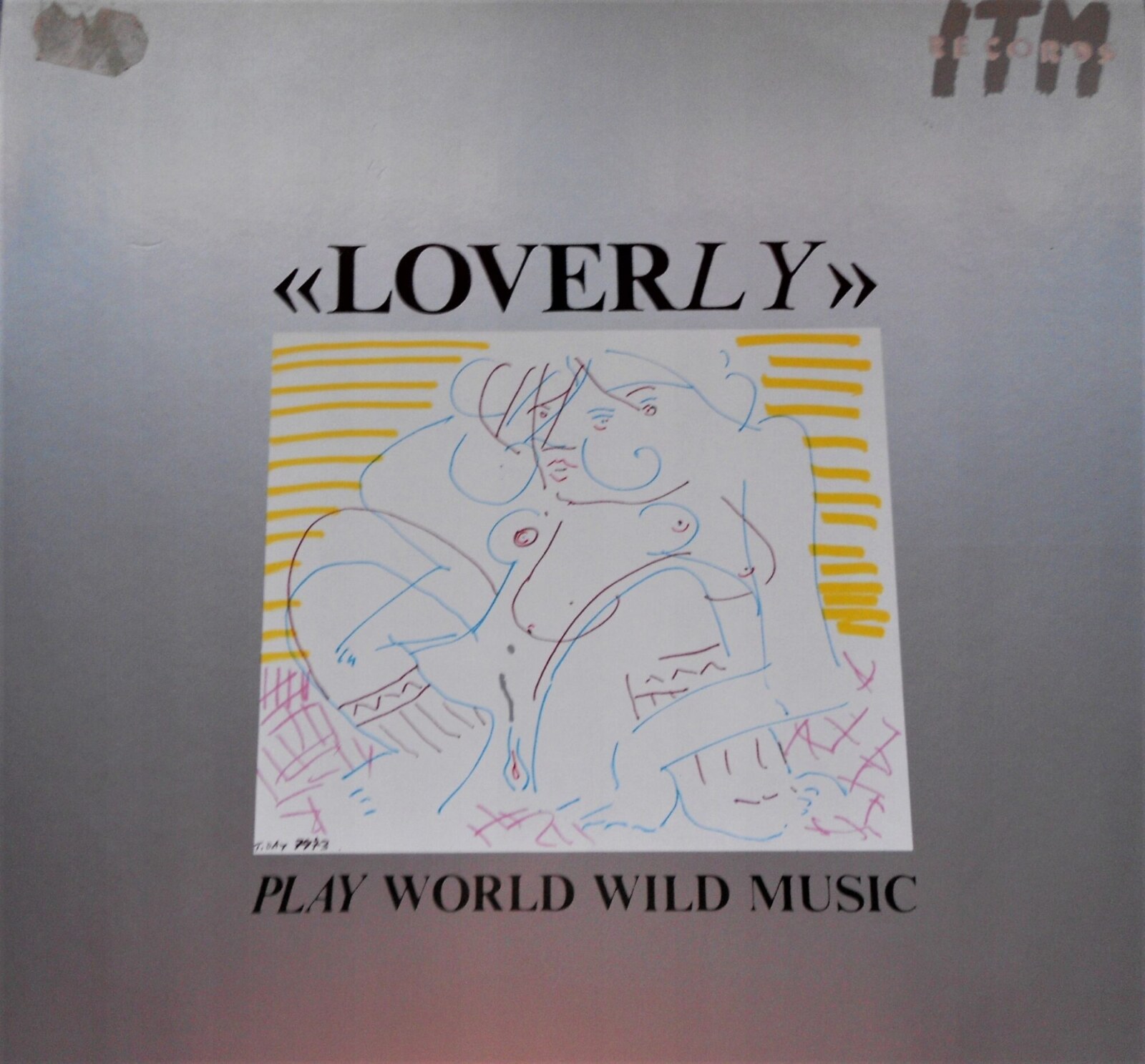
Can you elaborate the formation of Sweet Slag?
Sweet Slag were formed in Luton around 1968 and I came to the band in 1969/70 on a visit back from Holland. The founder of the band was an exceptional guitarist Mick Wright (on the album and publicity he is known as Mick Kerensky). When I met him he was working on writing an opera and he was interested that I played oboe as well as the the saxophone. Mick was interested in every musical genre and had formed bands at school from the mid ’60’s. Luton was an hotbed of creativity and Mick crossed paths with local bands such as McGregor’s Engine, with Mick Abrahams (another Lutonian), that later became Jethro Tull. Mick was a great song writer and his anarchist outlook was perfect for me and as he had put together a trio with brilliant musicians – Jack O’Neill on bass and trombone, and drummer Al Chambers, I had no hesitation in accepting the offer to join – given there was plenty of room for me to improvise and, later, act around on stage!
“The founder of the label, Eddie Kassner, loved Mick’s playing and saw Sweet Slag as a real alternative to what was happening on the UK music scene.”
When and where did Sweet Slag play their first gig? Do you remember the first song the band played? How was the band accepted by the audience?
Before I joined, Sweet Slag had been gigging around the country, supporting acts like Soft Machine and Pink Floyd, during the time I first joined the band were recording their first, and in retrospect their last album for President Records. The founder of the label, Eddie Kassner, loved Mick’s playing and saw Sweet Slag as a real alternative to what was happening on the UK music scene. I was happy to play on some of the recording sessions and loved it. My real disappointment is that the band didn’t record later – as after our extensive touring the band was really on fire.
What sort of venues did Sweet Slag play early on? Where were they located?
Slag had played major gigs including supporting The Kinks and Deep Purple at various venues. After I joined we went on a UK tour supporting the Equals, the tour was hosted by Jimmy Saville, who we all thought was an odd guy even though we didn’t see any of the problems later associated with him. The incredible thing was that the band always got a great audience response, and even in those venues, eg Kitson College in Leeds that had a huge following for the Equals, we went down a storm. Other gigs at that time were alongside bands like Black Sabbath, Edgar Broughton Band etc. Most of the gigs we did on our own were on the UK Club and College circuit. In this days the Universities all had great venues and big enthusiastic audiences.
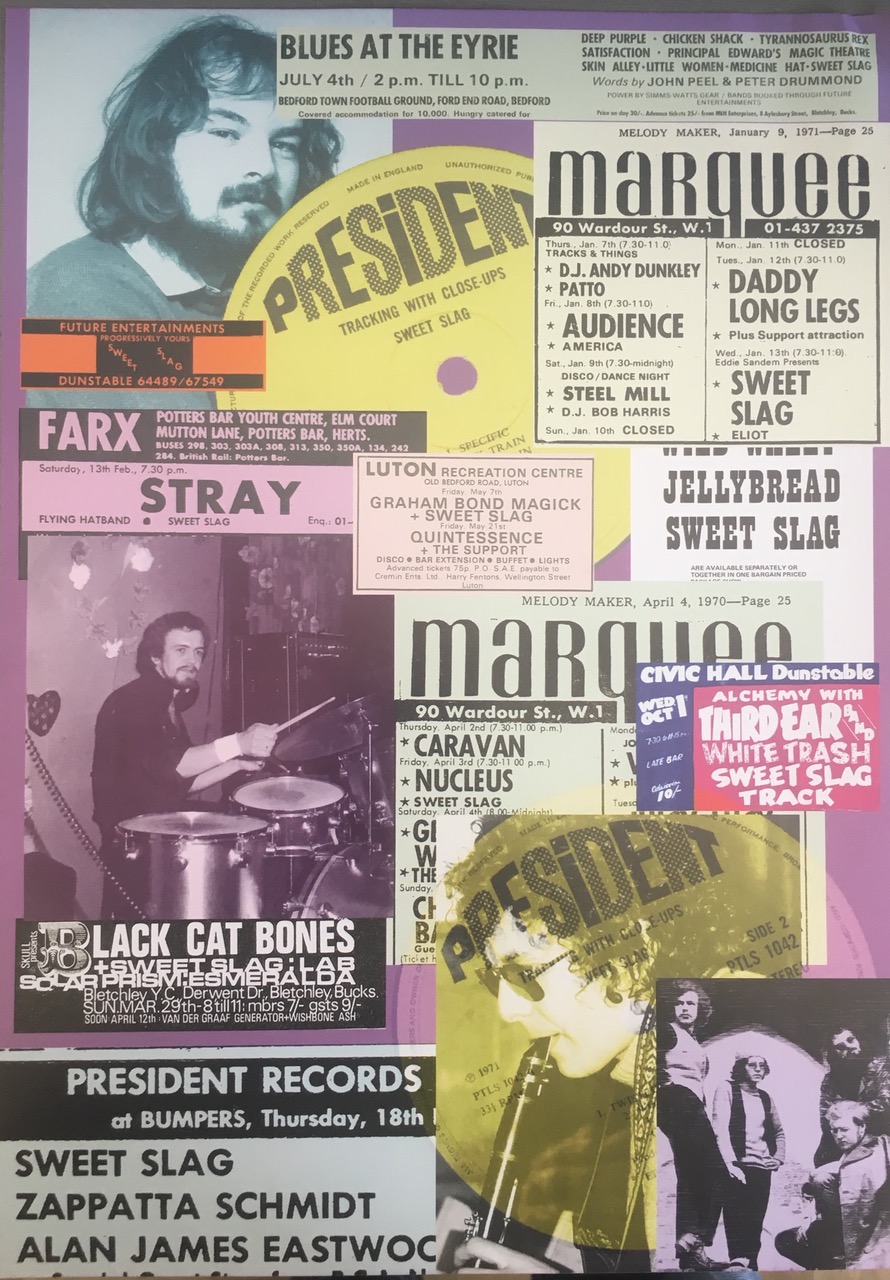
How did you decide to use the name “Sweet Slag”?
The story goes that Mick had written a song called ‘Slag Song’ and that morphed into Sweet Slag!
What influenced the band’s sound?
I think the major influences came from bands like Captain Beefheart and Zappa. However, Mick, and later all of us bought our own ideas into the sound. I think that’s, for me, what made the band special – the openness and lack of ‘leader ego’.
Did the size of audiences increase following the release of your debut?
It did a bit but basically it grew because of the touring with the Equals – who at that time were a band with a large following. However, we felt collectively that the record company did not fully exploit the potential in the band.
How did you get signed to President Records?
The owner, Eddie Kassner, loved the band – especially Mick’s guitar playing, which when you listen back is quite sensational for the time.
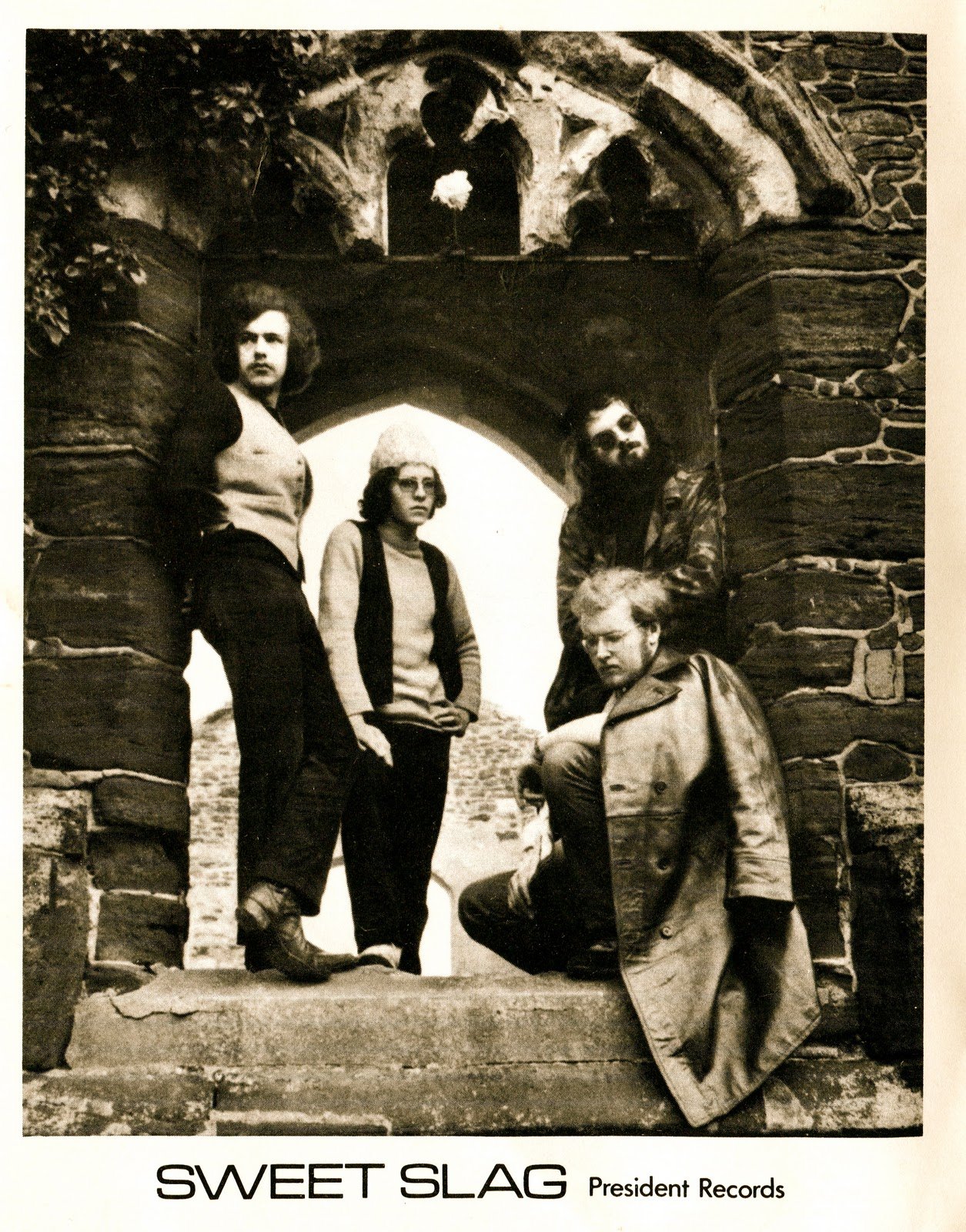
What’s the story behind your debut album ‘Tracking With Close-Ups’? Where did you record it? What kind of equipment did you use and who was the producer? How many hours did you spend in the studio?
It was recorded in just two days at Pan Sound Studios in Denmark Street, London there was barely time to pause for breath. It was quite restrained actually. The album was produced by Mike Cooper who was a house engineer and production jobs sort of came his way. He did four albums for President including Sweet Slag and Alan James Eastwood’s ‘Seeds’.
The mixing was also done by Mike Cooper, this time at Trident Studios, in St Anne’s Court London.
Please share your recollections of the sessions. What were the influences and inspirations for the songs recorded?
I think it was all a bit rushed and didn’t allow us to stretch out as much as the live work.
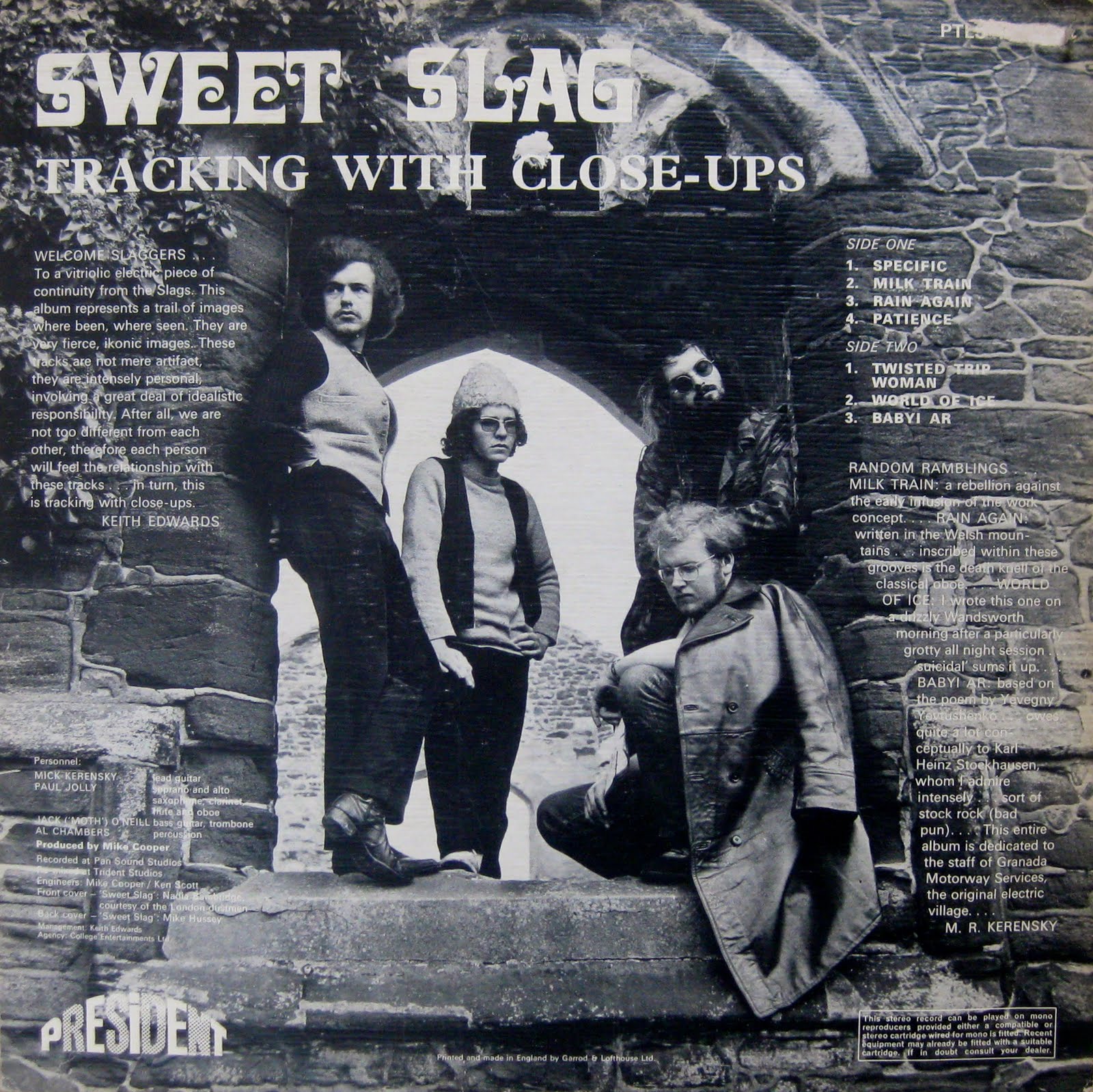
Were you inspired by psychoactive substances like LSD at the time of writing the album?
No the band weren’t particularly into drugs, apart from the odd joint. We all liked a glass of the good stuff however. Between Slag gigs, I was going back to work in Holland and the rest of Europe. In Amsterdam it was difficult to not be involved with LSD and other substances but this didn’t really tip over into the work with Sweet Slag. I think because Mick was very serious about his work, he never had time to loose time if you know what I mean.
The cover artwork is quite something.
The photo on the album cover comes from the UK wide dustman’s strike. Large amounts of rubbish piled up nationally and the image seemed to fit the bands attitude to politics at that time
How pleased was the band with the sound of the album? What, if anything, would you like to have been different from the finished product? How would you describe your sound at the time and how much did it differ from your live performances?
I think the album sounds OK, there’s always thing you would like to go back and change. I think the main issue was that the album didn’t focus on the groups interplay. The live sound of the band was very similar – we played loud at gigs but never too loud to loose each others sound. Sometimes engineers would try and pump it up too much but we liked to stretch out solos and we needed to listen to each other.
Did the band tour to support the LP?
Yes mostly via President Records Equals Tour. As a band we did other gigs but the relationship back then was different to how thing are done today. Now musicians have a much more hands on approach to their work. Then we felt that the company should be doing more.
Was there a certain concept behind the album?
No – Mick had written some great numbers and I think he never was particularly influenced enough to have a concept. However, the main idea was to get a feel of the live gigs into the recording, this didn’t quite happen.
What happened after the band stopped? Were you still in touch with other members? Is any member still involved with the music?
For me the band started to fold after President Records put on a showcase band at Bumpers alongside fellow label mates Zappatta Schmidt and Alan Eastwood, although this appears to have been it. The band continued to gig, although changes were to happen. Jack O’Neill left the band in summer of 1971. He made the decision to leave because he got married and because we weren’t making any serious money. Into the band came John Catlin on bass and Keith Arnold was added as a second guitarist. Though the size of the band had increased, the effect on the music seemed limit the scope for the improvisational things that I loved about the band. I sometimes still see Mick, he is still playing albeit mostly locally. I would love to get together again with him musically but neither of us are getting younger!!
Looking back, what was the highlight of your time in the band? Which songs are you most proud of? Where and when was your most memorable gig?
I think for me, as someone who has spent most of their working life in small clubs and venues, it was having a small taste of the popular music world. However, the main thing was that the band always played the music with a freshness and commitment. There was no holding back. The most memorable gig for me was at a Pakistan Disaster fund raising show with the Equals in Bradford’s Mecca Ballroom. The room was full of 3,500 screaming teenagers. We were scared but blew the place apart with some amazing music – we were even more scared when the audience tried to get on stage at the end of the show.
Is there any unreleased material by Sweet Slag?
I think there are some tapes but both Mick and others have not been able to locate them. One day perhaps they will turn up.
In 2018 you released ‘Risky Furniture’ in collaboration with Mike Adcock.
This was an album recorded after a duo performance at a London Festival. We had worked together in the past and it seemed like a good idea.
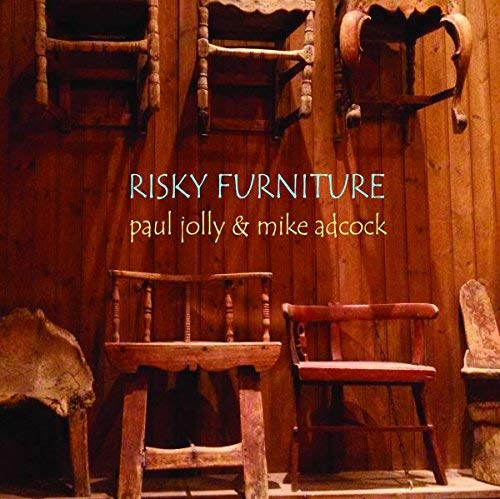
Following that I have released a couple of other albums including a duo with singer- song writer Paula Rae Gibson called ‘Vestige’ which I am particularly proud of.
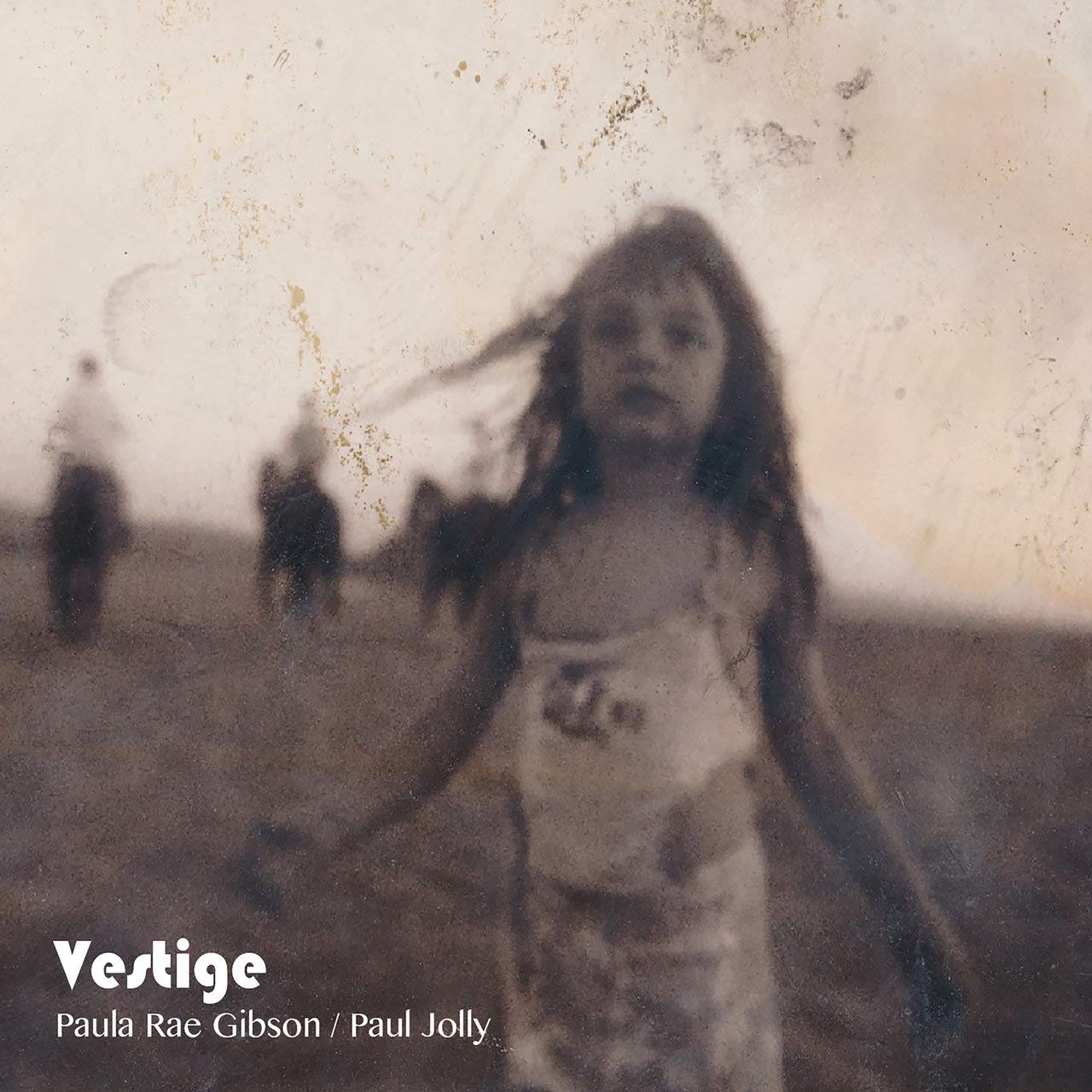
Recently, under lockdown, I’ve recorded with two young Italian musicians, Pat Moonchy and Lucky Liguori, (Sothiac), a digital album called ‘Superluna’ .
A film to accompany one of the tracks was made by Lino Budano and has been quite successful on Youtube.
Would you like to comment on your sax playing technique? Give us some insights on developing your technique.
Although not a great saxophonist in the straight jazz tradition, I have counted to work and practise new techniques over the years – circular breathing, multi-phonics etc. Using this knowledge to work within my improvisational output. I have also in recent years begun to concentrate on playing the bass clarinet. This instrument seems to bring me closer to the sounds that I’ve been striving for over my career.
“For me improvisation has been the glue that holds my world together.”
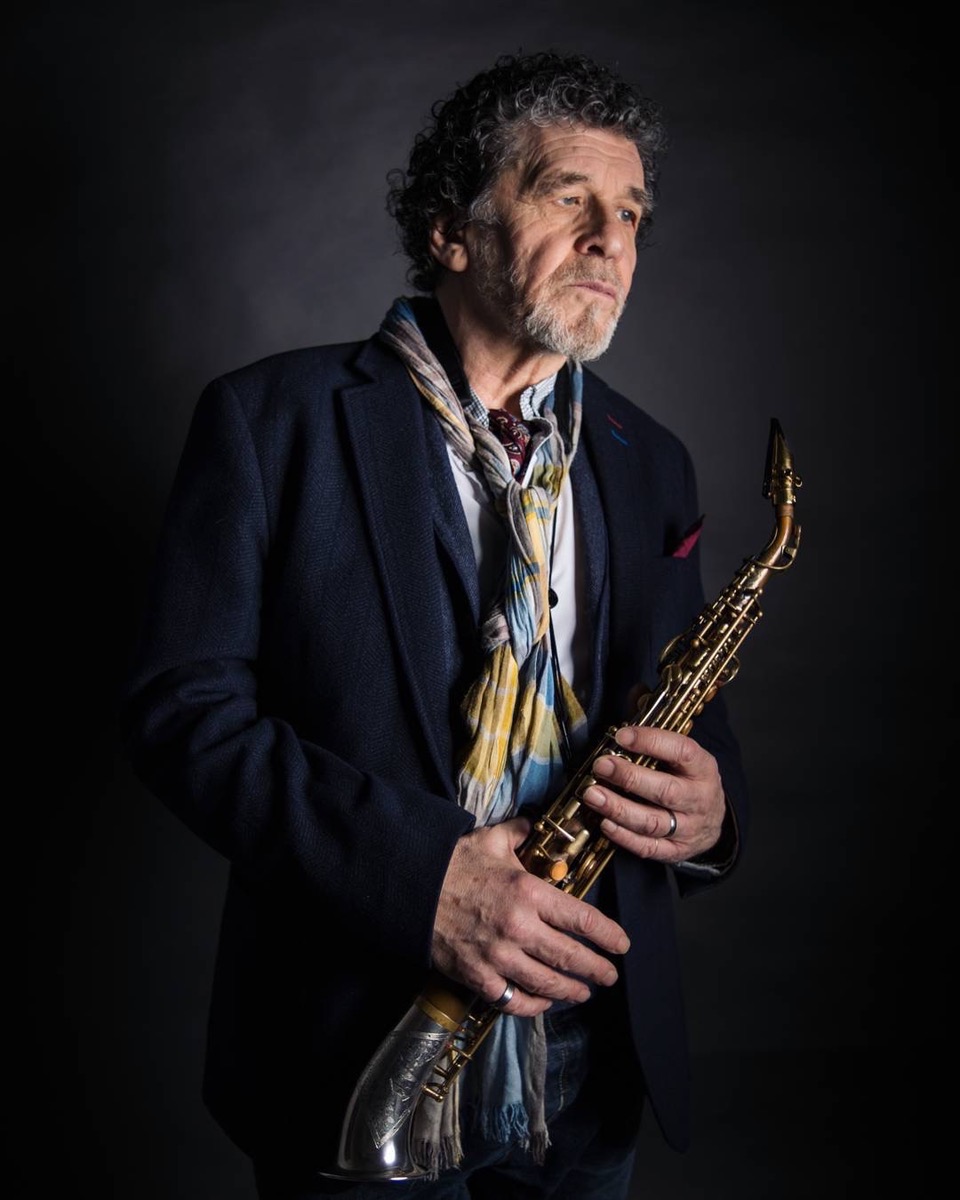
How important is improvisation for you?
For me improvisation has been the glue that holds my world together. Although it was formed through my love of music – it has influenced me in many decisions, excepting that intuition is the only true way to judge your work, friends and life decisions.
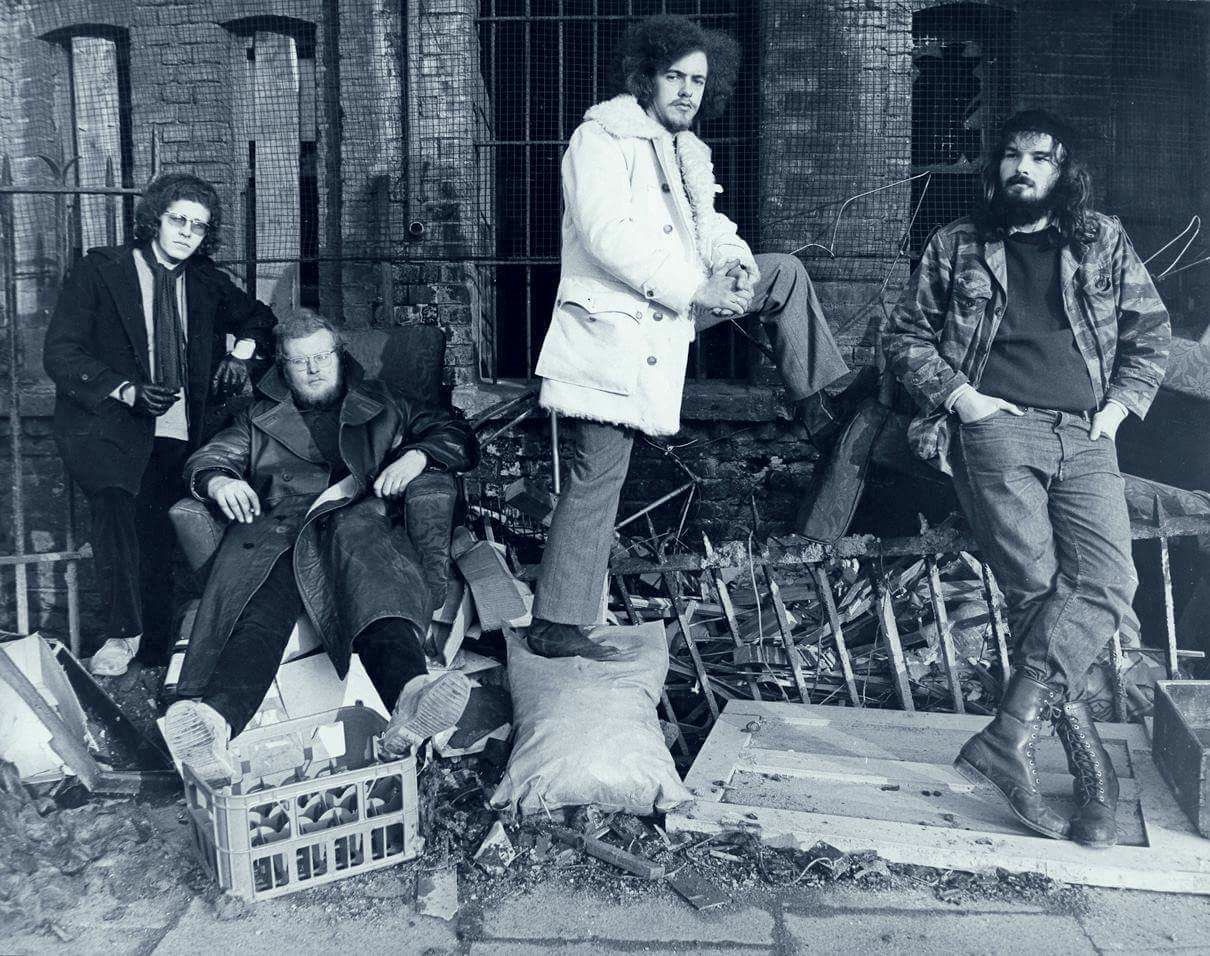
Thank you for taking your time. Last word is yours.
Thank you Klemen for taking an interest into Sweet Slag. I think it was an exceptional band that could have been one of the UK’s major bands. It wasn’t to be but I’m extremely proud to have been part of that story. Paul Jolly
Klemen Breznikar
Paul Jolly Official Website
Paul Jolly Facebook
Paul Jolly Instagram
33Jazz Records Official Website



